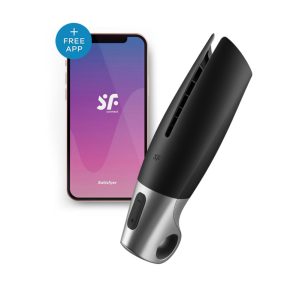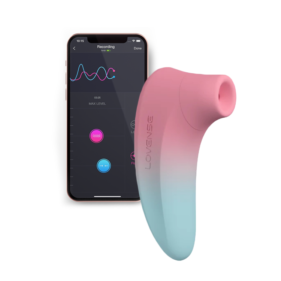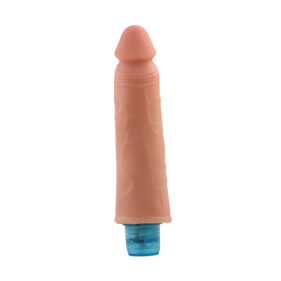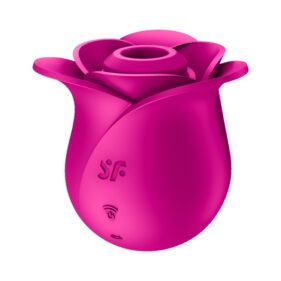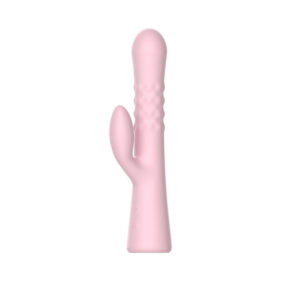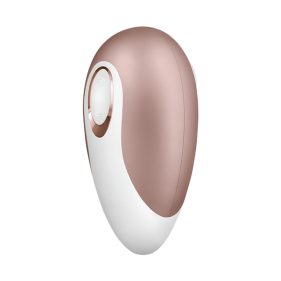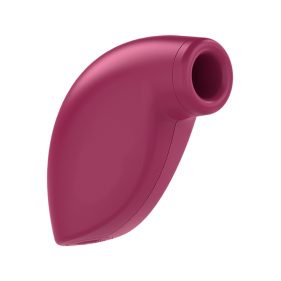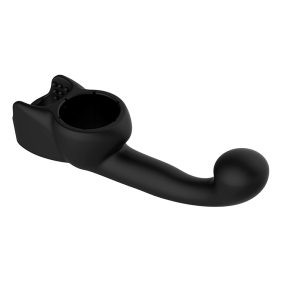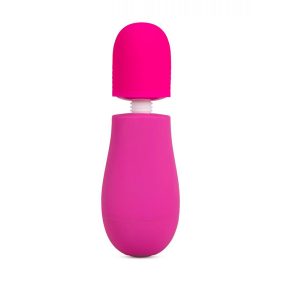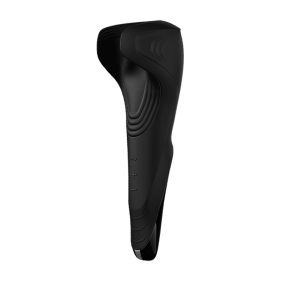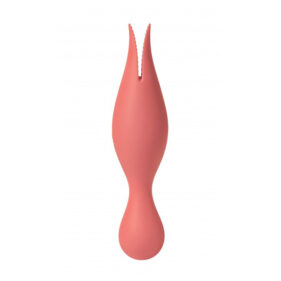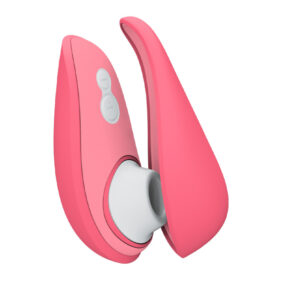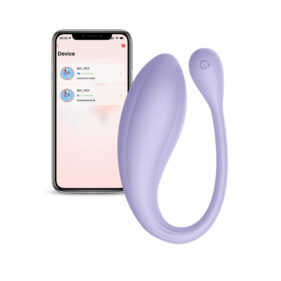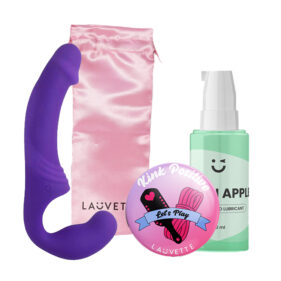
For today’s guide, we will be discussing the calendar method and how monitoring your unsafe and safe days can avoid pregnancy.
Though there are tons of contraceptives for women in the market, some women prefer to use natural or fertility awareness methods such as the calendar method.
This is most likely due to preferences and cultural beliefs, but there are also cases wherein a woman’s medical condition hinders them from getting hormonal contraceptives. Budget and availability also play a huge role in this as some birth control methods are expensive and even require costly surgical procedures.
That’s why despite being considered as one of the least effective birth control methods, more and more women are opting for this practice.
What is the Calendar Method?
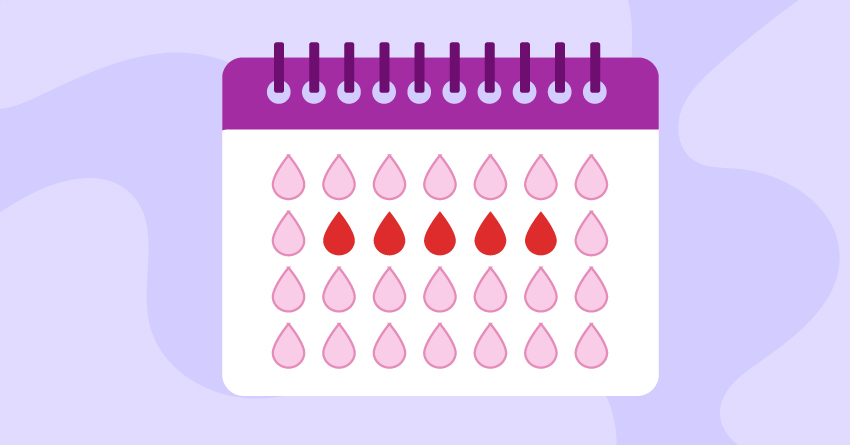
The Calendar Method is a form of natural planning that involves tracking your menstrual history to predict the start and end of your fertile days. By knowing when you’re most likely to conceive, you’ll be able to figure when to have unprotected sex and when to avoid it.
If you’re someone who doesn’t want to conceive yet or someone that’s hoping to get pregnant, this method will be equally helpful.
However, doing this requires cautious planning and tracking of your period cycle. If you’re someone who’s not up for that, you might want to check other forms of birth control such as implants. Also, if you’re someone with irregular periods, we highly suggest consulting your healthcare provider first.
Effectivity
The effectiveness of the calendar-based methods depends on the user and the type of method that they’re using. It’s also considered one of the least effective forms of birth control. In fact, 24 out of 100 women who use natural birth control methods become pregnant for the first year.
That’s why if you’re planning to use this method and plan safe days to avoid pregnancy, it’s best to be careful about tracking your menstrual cycle. It’s also best to use other forms of contraceptives such as condoms and birth control pills.
Benefits
- It doesn’t pose any health risks.
- No side effects as compared to other forms of contraceptives.
- Inexpensive and doesn’t require medical procedures.
- It helps women learn about their bodies.
Downsides
- One of the least effective birth control methods.
- It doesn’t protect women against sexually transmitted infections.
- Requires consistent calculation and monitoring, which can be bothersome for other women.
-
₱6,045.00
-
₱12,645.00
-
₱7,508.00
Types of the Calendar Method
Now, there are two types of calendar-based methods. For women who have cycles between 26 and 32 days in length, you can freely choose between these two types. However, for women that don’t fall on the menstruation length, it’s best to use the rhythm method. Here’s a brief explanation of these two methods.
1Standard Days Method
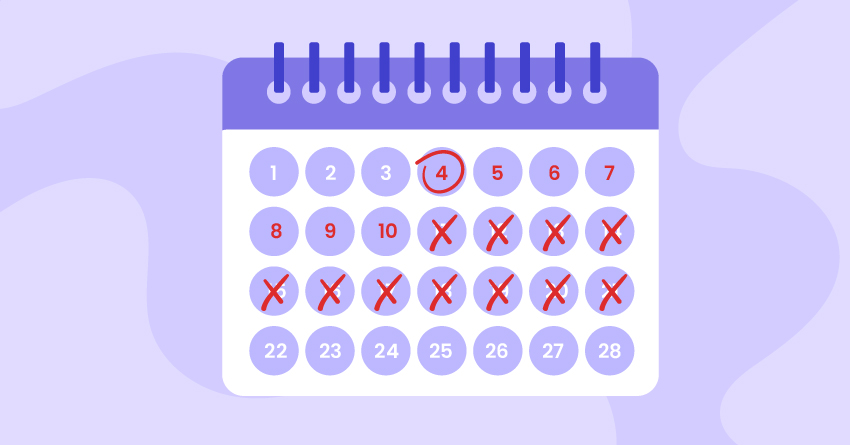
Developed by Georgetown University’s Institute for Reproductive Health. For this type, there are fixed rules on the fertile and infertile days.
Now, this type is simpler compared to the rhythm method. However, this only works for women with menstrual cycles of 26 to 32 days. If you don’t fall under that period length, better move onto the next type.
How to Use the Standard Days Calendar Method
Now, unlike the rhythm method, there’s no need for complex calculations. You just need to monitor your unsafe and safe days to avoid pregnancy. Here are the fertile and infertile days according to their system– take note that the first day of menstrual bleeding is the first day of the cycle.
- Day 1-7: Considered as your infertile days. It’s safe to have unprotected sex during this time.
- Day 8-19: Considered as your fertile days. Be cautious when engaging in unprotected sex, or better yet, use other forms of contraceptives.
- Day 20 through the end of the cycle: Considered as infertile days. This is the best time to have sex since you’re infertile and not having your period yet, unlike day 1 to 7.
-
₱2,695.00
-
₱2,445.00
-
Original price was: ₱4,745.00.₱4,270.50Current price is: ₱4,270.50.
-
₱895.00
2Rhythm Method
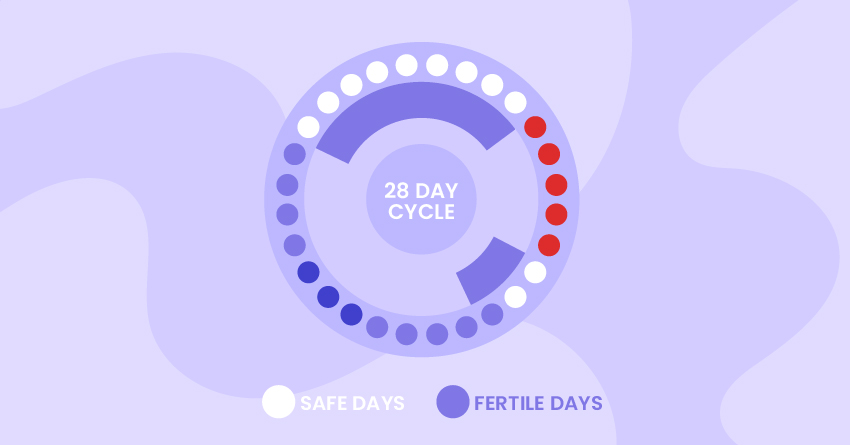
Also known as the Knaus-Ogino method. For this one, you need to calculate your fertile and infertile days through your own menstrual cycle length. Now, the process on this is pretty complicated for beginners, but we will explain step-by-step how to do this effectively in the next section.
How to Use the Rhythm Calendar Method
Unlike the standard days method, the rhythm method requires an ample amount of preparation. Here’s what you should do to use this method effectively.
1. Monitor the length of your menstrual cycle for 6 months. You can use a calendar, a notebook, or a period-tracking app for this. After listing down the length of your menstrual cycle, you can then proceed with the next step.
2. Determine the length of your shortest cycle then subtract 18 from it. The answer represents the first fertile day of your menstrual cycle. For example, your shortest cycle is only 26 days. You then subtract 18 from it. The answer is 8, this means that’s the first day of your fertile period.
3. Determine the length of your longest cycle then subtract 11 from it. The answer represents the last fertile day of your menstrual cycle. For example, your longest cycle is 29 days. You subtract 11 from it. The answer is 18, meaning day 18 is the end of your fertile period.
4. Plan out your sex sessions based on the calculations. Once you’ve predicted your fertile and infertile days, you can then plan out on which days to have unprotected sex, and which days to avoid doing the deed.
5. Update your calculations every month. Keep on tracking your menstrual cycles every month as the most recent six cycles should always be used to calculate your safe and unsafe days.
Tips When Doing the Calendar Method
Now that you’ve learned about the calendar-based methods, we know that some of you are planning to try this one out. After all, who doesn’t want a birth control method that’s free from side effects? But before you proceed on getting your menstruation notebook or installing a period-tracking app, we suggest checking out these tips first!
1Talk to your healthcare provider first.

It’s best to consult a medical professional first, especially if you have irregular periods. This will ensure that the method will work for you. And if the assessment shows that you can’t go on this method, your healthcare provider can then provide other birth control options to suit your health condition.
-
₱1,476.00
-
₱1,980.00
-
₱1,745.00
-
Original price was: ₱4,045.00.₱3,640.50Current price is: ₱3,640.50.
2Create a plan.

Once you’ve figured out your safe and unsafe days through the calendar method, we suggest creating a detailed plan for your sexual plays.
Don’t just list your them down on some random notepad and call it a day. It’s best to have a notebook specifically for this. You can also have a mini desk calendar and then take note of those safe and unsafe days.
3Try period tracking apps.
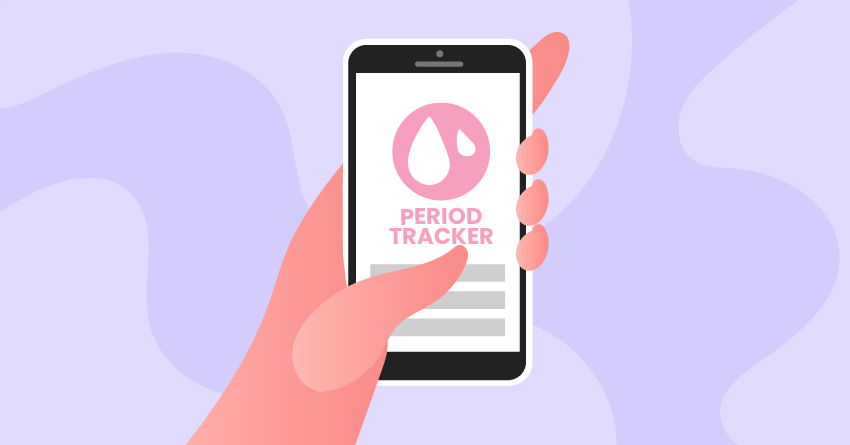
If you’re not into jotting down on a record book, that’s fine. Thanks to fem-tech companies, there are tons of period tracking and ovulation apps now. You’ll just type in your menstrual history, and these apps will automatically calculate your safe and unsafe days. Some apps also have features wherein they will automatically remind you if your period or fertile days are approaching.
-
Original price was: ₱4,995.00.₱2,995.00Current price is: ₱2,995.00.
-
₱3,400.00
-
Original price was: ₱8,095.00.₱7,285.50Current price is: ₱7,285.50.
-
₱5,700.00
4Communicate and involve your partner in the process.

It’s best to involve your partner in the planning process. Explain how the calendar method works and tracking your unsafe and safe days avoid pregnancy. This will prevent miscommunication in the future, just in case you decline on doing the deed with him.
5Use contraceptives alongside this method, if possible.

For real though, this is one of the least effective birth control methods out there. Though studies are saying that the calendar method is about 88% effective, some independent researchers are questioning the percentages shown. You can’t also get protected from sexually transmitted infections. So if possible, use other contraceptives, such as birth control pills and condoms, alongside this method.
Other Fertility Awareness Methods
The calendar method falls under the umbrella of Fertility Awareness Methods. These methods require monitoring and recording of fertility signals to know if a woman is likely to get pregnant or not. Aside from the menstrual cycle, here are the other signals that a woman checks to know if they’re fertile or not.
1Temperature Method

For this method, you will be tracking your basal body temperature (BBT) for several cycles. You will need a special large-scale basal thermometer and a notebook to take logs of your BBT. Know more about this method in this guide.
-
₱2,745.00
-
Original price was: ₱2,095.00.₱1,885.50Current price is: ₱1,885.50.
-
Original price was: ₱1,200.00.₱1,080.00Current price is: ₱1,080.00.
2Cervical Mucus Method

For this type, you will be tracking the thickness, color, and texture of your vaginal mucus to monitor your fertility. The more slippery your mucus is, the more fertile you are. That means you need to avoid having unprotected sex during this period. Know more about this fertility awareness method here.
Takeaway
The calendar method, if done correctly, can provide ample amount of protection against unintended pregnancies. It provides reliable information about your fertile and infertile days.
As long as you’re highly-motivated in tracking and recording your menstrual cycles and accurate in calculating your unsafe and safe days to avoid pregnancy, you’ll do fine. Safe sex always!
